This post is also available in:
 Indonesian
Indonesian
“Welcome to Sembilang National Park…”
As the boat slowly turned around, I felt the dense mangroves of Sembilang whispering a sweet welcome. Due to the low tide, our boats had to find another jetty to enter Sei Sembilang Sub-village, the gateway of Sembilang National Park, Banyuasin Regency, South Sumatra, Indonesia.
It was September last year, I took my first trip to Sembilang National Park with Yayasan Hutan Biru – a national conservation organisation in Indonesia whose name means Blue Forests – and the park officials. The journey to reach the park was longer than I thought. We travelled from the provincial capital, Palembang City, and it took us four hours in total; a two hour drive followed by two more hours on a boat along the Banyuasin Peninsula.
The park covers 2,051 km2 along the east coast of Sumatra and is the largest mangrove area in western Indonesia, with approximately 77,500 hectares of mangrove forests. Sembilang is also home to 40% of the total mangrove tree species in Indonesia (1).
I watched as an eagle flew overhead – the park is considered to have the most complex shorebird community in the world, with 213 species recorded. On setting foot into Sei Sembilang Sub-village, I saw that the national park is not only a habitat of diverse wildlife, flora and fauna, but also a home for coastal communities living there. Most of the Sei Sembilang community are fishers and their lives depend on mangrove ecosystems, which provide them with abundant fish, shrimp, and mud crab.
In their current ecological condition, the mangrove areas and surrounding waters of Sembilang National Park are sufficient to provide for the people who live there. However, Yayasan Hutan Biru has identified a decrease in mangrove density in the park between 2003-2009, dropping from 91,679 hectares to 83,447 hectares (2). The forest degradation and loss is mainly caused by man-made threats, including clearing land, illegal logging, and the building of fish ponds, where mangroves are converted into ponds for aquaculture.
We are now working with Yayasan Hutan Biru to support the Sembilang National Park agency to keep the mangrove forest intact. One way to do this is through improving the income opportunities of the communities who live in and around the park by developing alternative livelihoods. So far, the park agency has introduced various effective initiatives, including establishing cooperatives to market ‘terasi’ (high quality shrimp paste), a product which the Sei Sembilang community proudly produces.
By listening to the needs of the community and involving them in restoration efforts, Yayasan Hutan Biru will not only be protecting the mangrove forests, but also helping to improve the lives of the people who live there.
We will support the recovery of the damaged mangrove ecosystems and former pond areas in Sembilang National Park, through restoration efforts involving all stakeholders in the field,” Yusran, Environmental Technical Advisor at Yayasan Hutan Biru.
Learning from Madagascar
A year ago I visited Ambanja in the northwest of Madagascar to learn about successful community-led mangrove conservation efforts. Madagascar contains Africa’s fourth largest extent of mangroves, representing approximately 2% of the global distribution. Much like Indonesia, Madagascar boasts long shorelines and much of the population relies on the ocean to survive. The dense mangrove forests contribute to this survival, as they provide many valuable benefits to coastal communities. Unfortunately, their value is often exploited and mangrove areas are increasingly deforested and degraded. It was sad to see how mangrove cuttings were sold for cheap charcoal in local markets there.
To combat mangrove loss, in partnership with local communities and the University of Antananarivo, Blue Ventures is working to protect, restore, and encourage the sustainable use of mangroves. Through the Blue Forests project, the team helps to maintain and diversify local livelihoods, empowering communities to sustainably manage mangroves in Ambanja, as well as throughout western Madagascar.
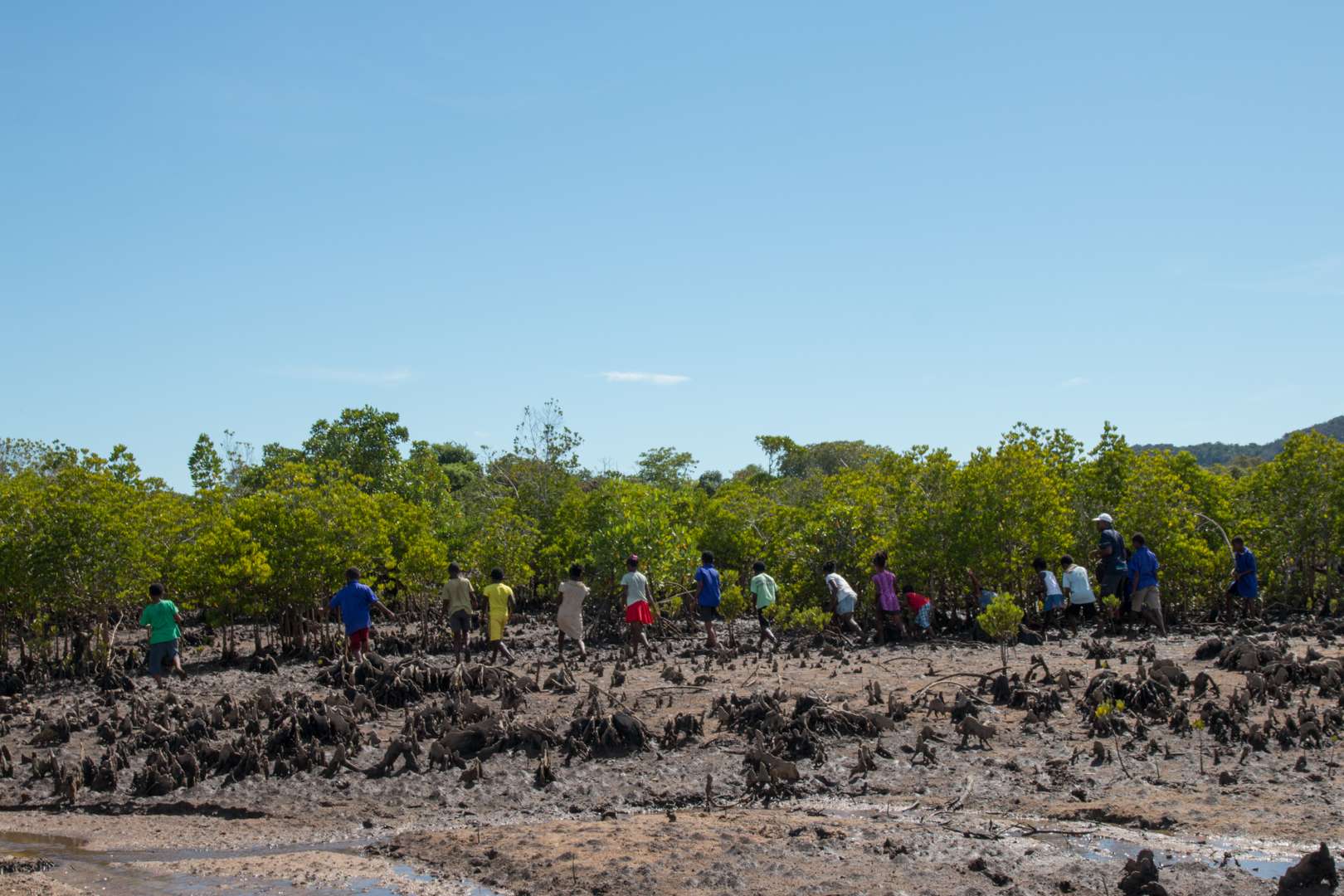
Community-led mangrove restoration efforts in Ambanja | Photo: Ben Honey
During my visit, I learned that the Ambanja community has established a participatory mangrove surveillance system, meaning that along with mangrove replanting, community representatives also keep watch over the mangrove forests to deter illegal deforestation.
They also have an education and awareness programme where young people can learn about the importance of mangroves and how livelihood diversification such as aquaculture and beekeeping can help increase their income without destroying the forests.
Seeing the amazing work that the teams have achieved in Ambanja made me even more hopeful for the future of Sembilang and the communities who live there.
Moving forward with Forum Sembilang
Collaboration is the key to slowly making these dreams come true for the community in Sembilang. So in 2019, Forum Sembilang was established, creating a space for representatives from Sembilang National Park, NGOs, Sriwijaya University, Banyuasin Regency Government, and other community-based organisations, to come together to move the mangrove project forwards.
Forum Sembilang works in three main areas. The first of these is community empowerment, facilitating community learning around ecosystem recovery and green economy development. Secondly, innovation and research, coordinating research efforts in the park and strengthening the capacity of community organisations. Finally, environment and conservation governance, empowering efforts to promote the sustainable use of natural resources.
Due to the COVID-19 pandemic, the forum members have taken their meetings online and in May 2020, we met virtually for our regular meeting, ‘Silaturahmi Forum Sembilang’.
During the meeting, the forum members learned about how Yayasan Hutan Biru and WRI-Indonesia conducted mangrove rehabilitation using the Restoration Opportunity Assessment Method (ROAM), which helps to rapidly identify and analyse areas that are primed for forest landscape restoration.
We have many hopes for Forum Sembilang” Pak Afan Absori, the Chairman of Forum Sembilang, expressed his appreciation and joy to reunite with his fellow members. “It’s been really amazing that Forum Sembilang remains committed and connected, despite all the challenges we face. I hope that we can continue to learn and collaborate with each other.”
There’s a long journey ahead for Yayasan Hutan Biru and Forum Sembilang and it will definitely be much longer than the tough journey I took to get to Sei Sembilang Sub-village. But we believe that the journey to help preserve mangroves – the impressive greenbelts that support fisheries and underpin livelihoods of vulnerable communities – is worth every effort.
- Bioclime Project, 2016
- Indica, M et al, 2010


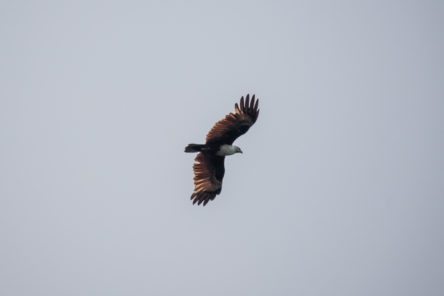
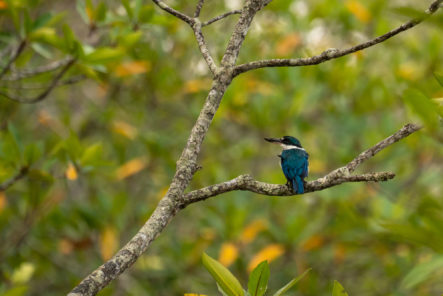
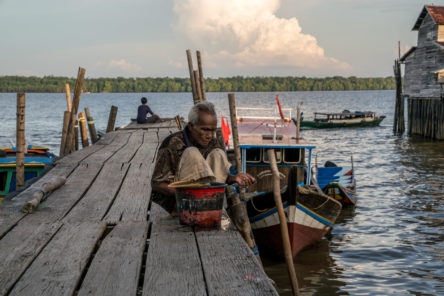
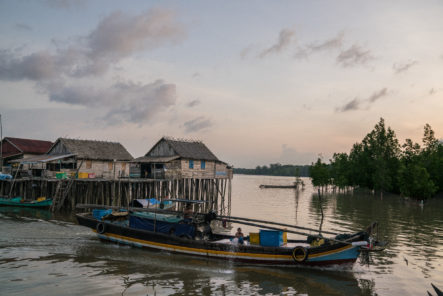
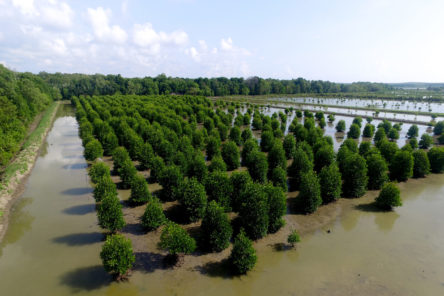
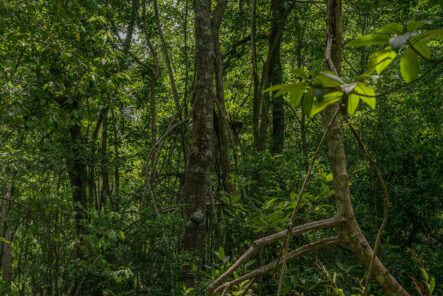
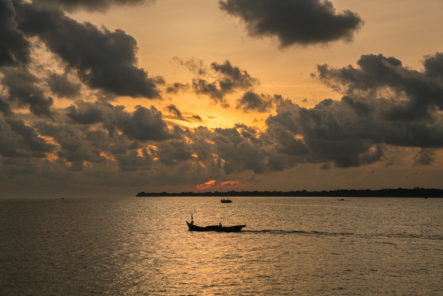
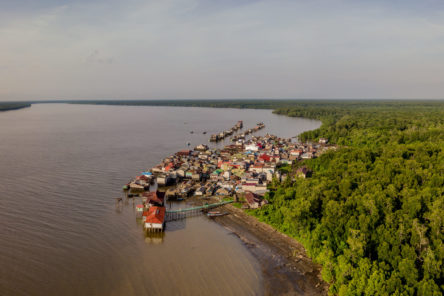
Hello! Greetings from Madison, WI! Bravo for the great work your teams are doing to protect the mangroves, fight climate change, sustainable jobs, and conservation of all possible! I’d love to be a volunteer, when appropriate! I am a PADI-certified Open Water Diver, and have worked as a Hydrologist for my over 25-year career in both the public and private sector protecting soil and groundwater and surface water and drinking water for public health and the environment. If I can be of assistance, contact me anytime.
Stay Safe!
Ralph Neal Smith
[email protected]
C: (608) 449-7556
2330 Superior Street
Madison, WI 53704
USA
Hi Ralph, thanks for your comment!
As you may be aware, we did operate a volunteer programme, Blue Ventures Expeditions (BVE), however, due to the impacts of COVID-19, the programme is currently dormant. We are exploring opportunities for the future, so please do stay tuned! You can learn more about BVE and its dormancy, as well as find a signup link to email updates about the future of our volunteer opportunities here: https://blueventures.org/volunteer/
Thanks again,
The Blue Ventures team